Yugoslavia Kingdom year 1937 stamps – National costumes full set MNH**
In 1937, the Kingdom of Yugoslavia issued a distinctive set of postage stamps featuring national costumes, reflecting the country’s rich cultural diversity. At the time, Yugoslavia was home to a mosaic of ethnic groups, including South Slavic peoples (Slovenes, Croats, Serbs, Macedonians, Montenegrins, and Bosnians), as well as Albanians, Hungarians, Romanians, and Turks1. The stamps showcased traditional attire from various regions, emphasizing the unique identity and heritage of each community within the kingdom.
Design and Themes
- Cultural Representation: The national costumes depicted on the stamps were influenced by factors such as social status, marital status, age, season, and cross-cultural interactions. Each village or region had its own distinctive style, often shaped by geographic isolation and historical developments.
- Materials and Embellishments: Traditional costumes were typically made from linen or wool, with later adoption of store-bought fabrics. Embroidery and motifs—often geometric or Turkish-influenced floral patterns—were prominent, using vibrant colors like red, white, violet, and metallic threads (silver and gold). Common symbols included triangles, zigzags, rhomboids, labyrinths, crescents, circles, stars, and crosses.
- Men’s and Women’s Attire:
- Women’s costumes generally consisted of ankle-length shirts, skirts, aprons, overcoats, belts, leggings, soft leather shoes, and a variety of headdresses and jewelry. Hairstyles and accessories signified marital status and age.
- Men’s costumes included trousers, belts, leggings, stockings, soft leather shoes, waistcoats, and coats, often richly embroidered or adorned with metal thread. Head coverings such as caps and fezzes were common, with belts often featuring pouches for smoking implements or weapons on special occasions
The late 1930s in Yugoslavia were marked by significant political and social changes, with rising ethnic tensions and efforts to balance the interests of various national groups. The national costumes stamps can be seen as part of a broader cultural policy to foster a sense of shared identity while acknowledging diversity

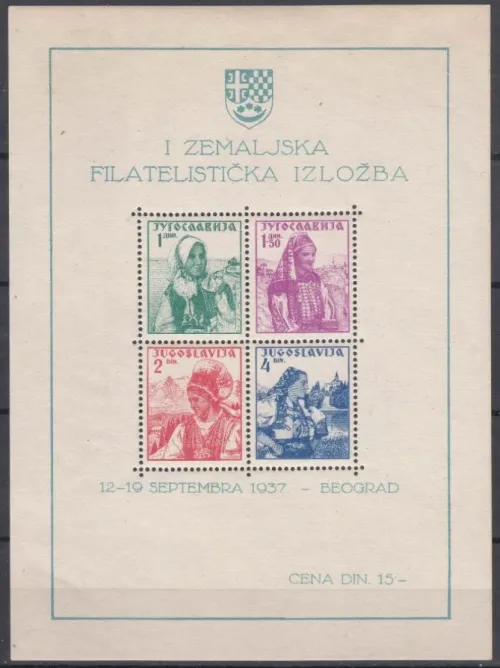
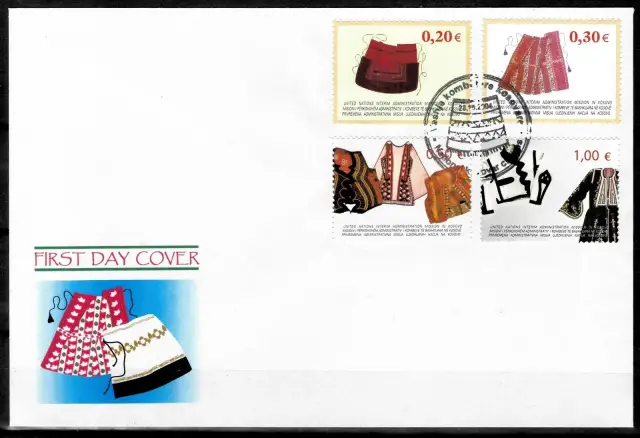
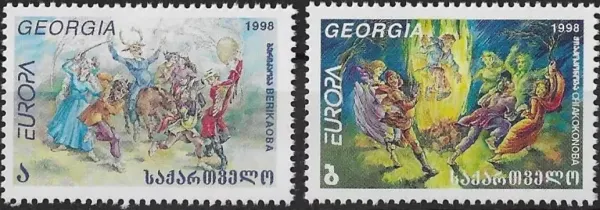


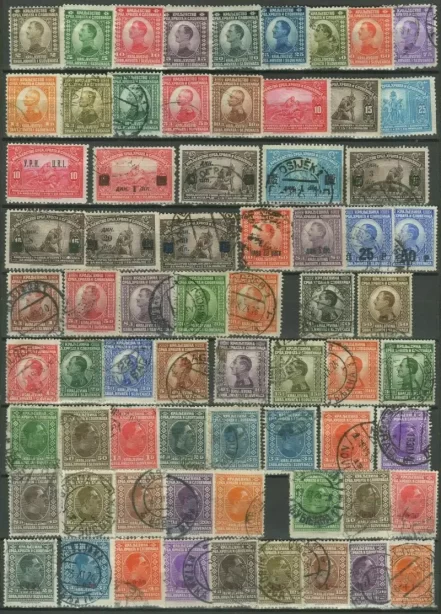
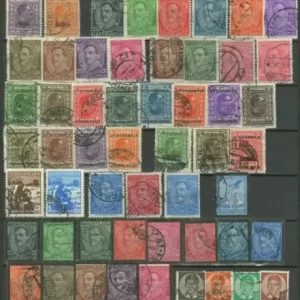
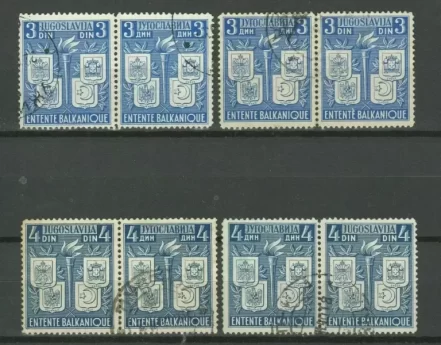
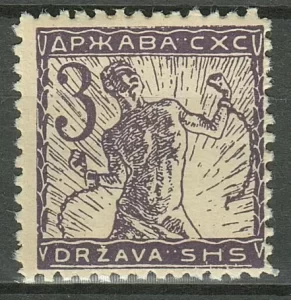
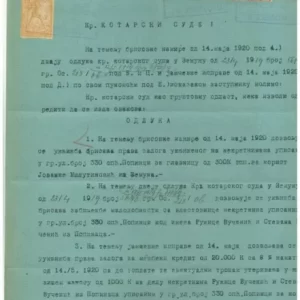
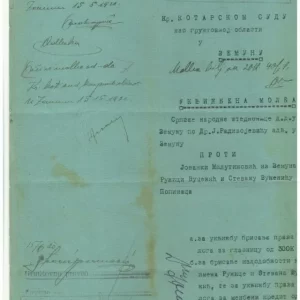
Reviews
There are no reviews yet.